Best Brewing Fermenter: How to Choose the Right
Overview
A brewing fermenter is a crucial piece of equipment in beer-making, whether you’re a homebrewer or running a commercial brewery. It is where the magic happens—the yeast converts sugars into alcohol and carbon dioxide, creating the delicious flavors and aromas that define beer. Choosing the right fermenter can greatly impact the quality, efficiency, and scalability of your brewing process.
What is a Brewing Fermenter?
A brewing fermenter is a vessel designed to hold wort during fermentation. It provides a controlled environment where yeast can thrive and transform sugars into alcohol. Fermenters come in various materials, sizes, and designs, each offering unique benefits and challenges.
The choice of fermenter affects factors such as temperature control, oxygen exposure, ease of cleaning, and the final flavor profile of the beer. From simple plastic buckets to sophisticated stainless steel conical fermenters, there is a wide range of options for brewers at all levels.
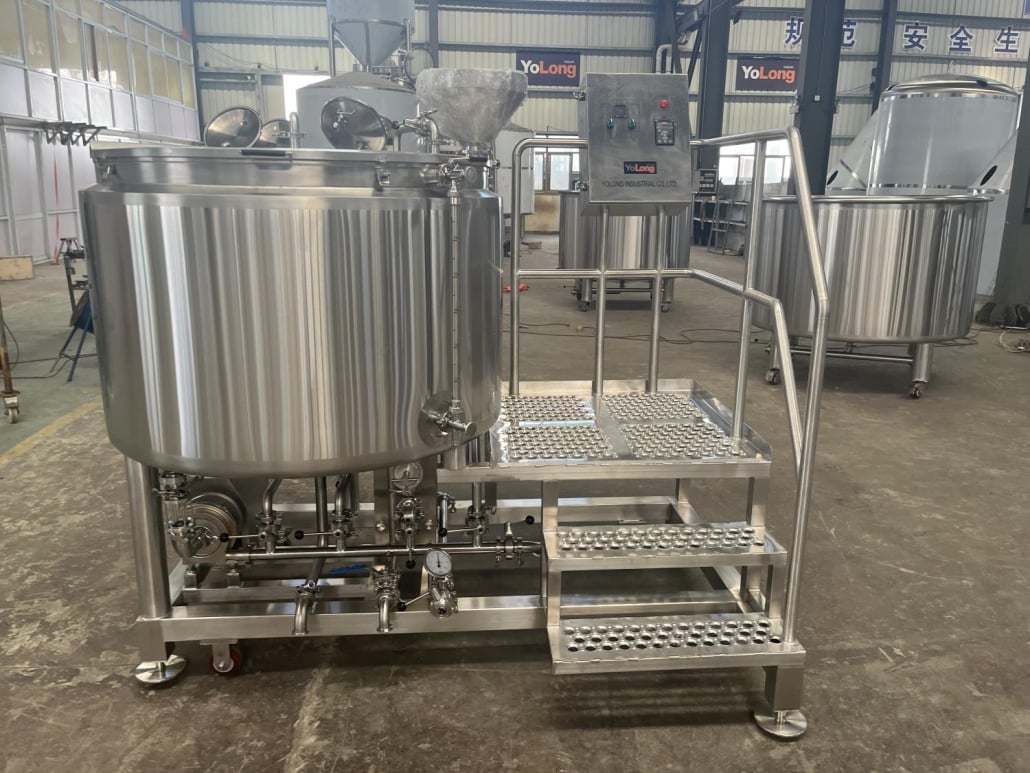
Types of Brewing Fermenters
Choosing the right fermenter depends on factors like budget, brewing frequency, and batch size. Here are the main types:
1. Plastic Fermenters
Plastic fermenters are affordable and lightweight, making them ideal for beginners. They are easy to use but can scratch easily, leading to bacterial contamination over time.
2. Glass Carboys
Glass fermenters are preferred for their non-porous nature, which prevents oxygen permeation. However, they are heavy and can break if not handled carefully.
3. Stainless Steel Conical Fermenters
These high-end fermenters offer superior durability, easy cleaning, and precise temperature control. They are commonly used in professional brewing setups and serious homebrewing operations.
4. Unitank Fermenters
Unitanks allow fermentation and conditioning in the same vessel. They are efficient but come at a premium price, making them more suitable for commercial breweries.
5. Plastic Conical Fermenters
These are a budget-friendly alternative to stainless steel conicals, offering some of the same benefits without the high cost.
How to Choose the Right Brewing Fermenter
When selecting a brewing fermenter, consider the following factors:
- Batch Size – Match the fermenter volume to your brewing needs.
- Material – Stainless steel is durable, while glass and plastic offer affordability.
- Ease of Cleaning – Look for smooth surfaces and easy-access openings.
- Temperature Control – Advanced models offer built-in cooling options.
- Price – Stay within your budget while considering long-term durability.
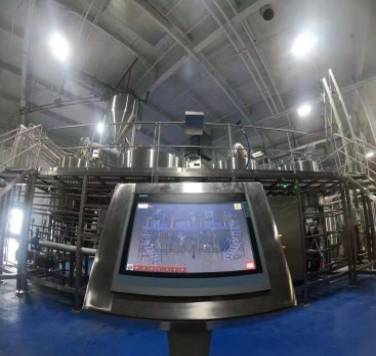
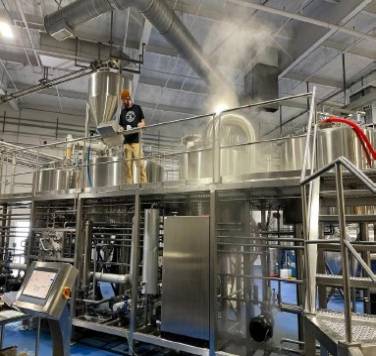
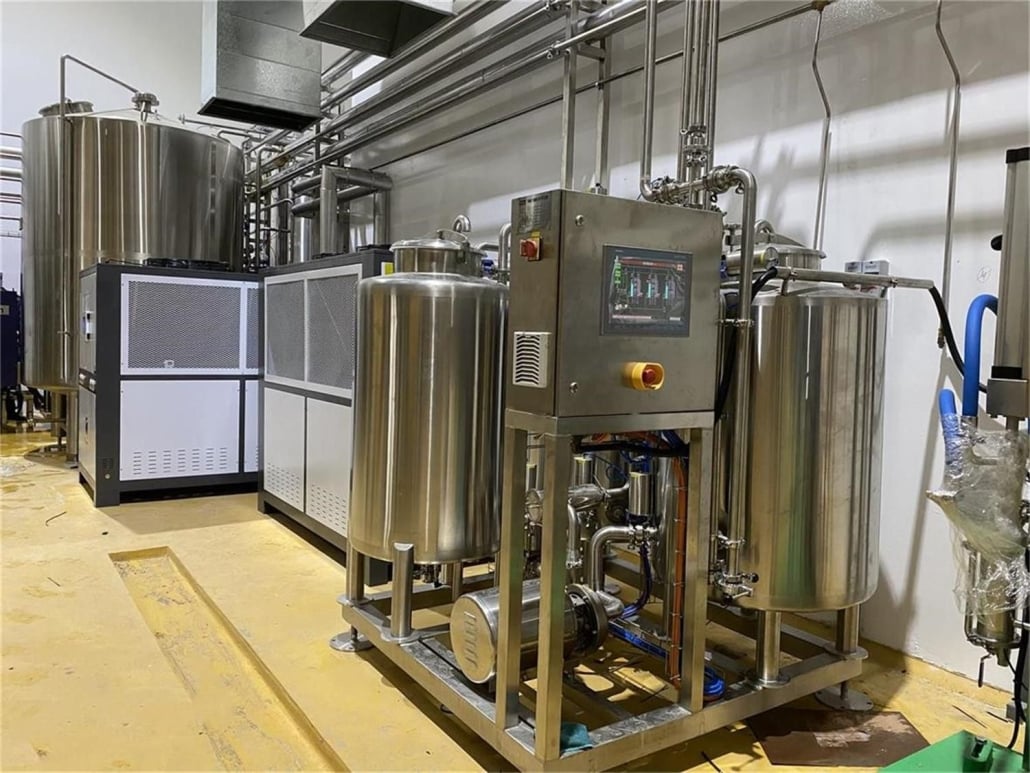

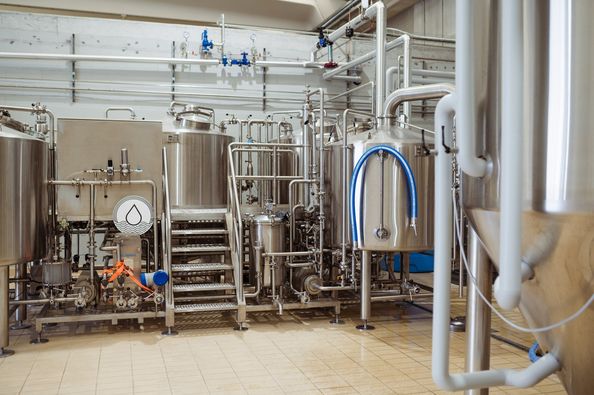
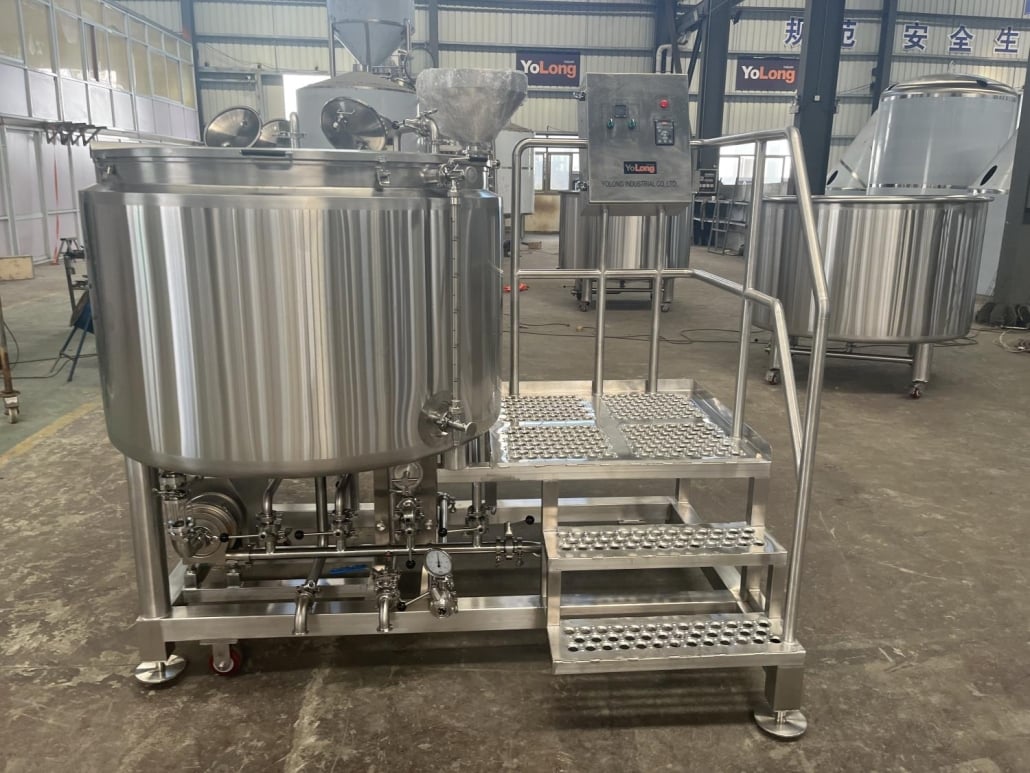
Best Brewing Fermenters on the Market
| Fermenter Model | Material | Capacity | Pros | Cons | Price Range |
|---|---|---|---|---|---|
| Brew Bucket SS | Stainless Steel | 7 Gallons | Durable, Easy to Clean | Expensive | $200-$300 |
| FastFerment Conical | Plastic | 7.9 Gallons | Affordable, Conical Design | Not as durable | $100-$150 |
| Glass Carboy | Glass | 6.5 Gallons | Oxygen Barrier, No Flavor Retention | Fragile, Heavy | $50-$80 |
| SS BrewTech Unitank | Stainless Steel | 14 Gallons | Advanced Features, Professional-Grade | Very Expensive | $800-$1500 |
Tips for Using a Brewing Fermenter
| Tip | Details |
|---|---|
| Sanitize Thoroughly | Always clean and sanitize before adding wort to avoid contamination. |
| Maintain Temperature | Keep fermentation within optimal temperature ranges for yeast activity. |
| Use an Airlock | Prevents unwanted bacteria and wild yeast from entering. |
| Monitor Gravity | Use a hydrometer or refractometer to track fermentation progress. |
| Avoid Oxygen Exposure | Limit oxygen contact post-fermentation to prevent oxidation. |
How to Clean and Disinfect a Brewing Fermenter
Proper cleaning is essential for maintaining a sanitary brewing environment and preventing off-flavors in your beer.
- Rinse Immediately – After transferring the beer, rinse the fermenter with warm water to remove residue.
- Use a Brewery Cleaner – Apply a specialized cleaner like PBW (Powdered Brewery Wash) to dissolve stubborn debris.
- Scrub Gently – If needed, use a soft brush to clean the interior without scratching plastic fermenters.
- Sanitize Before Use – Before adding wort, use a no-rinse sanitizer like Star San to eliminate bacteria.
- Dry and Store Properly – Allow the fermenter to dry completely to prevent mold growth before storing it.
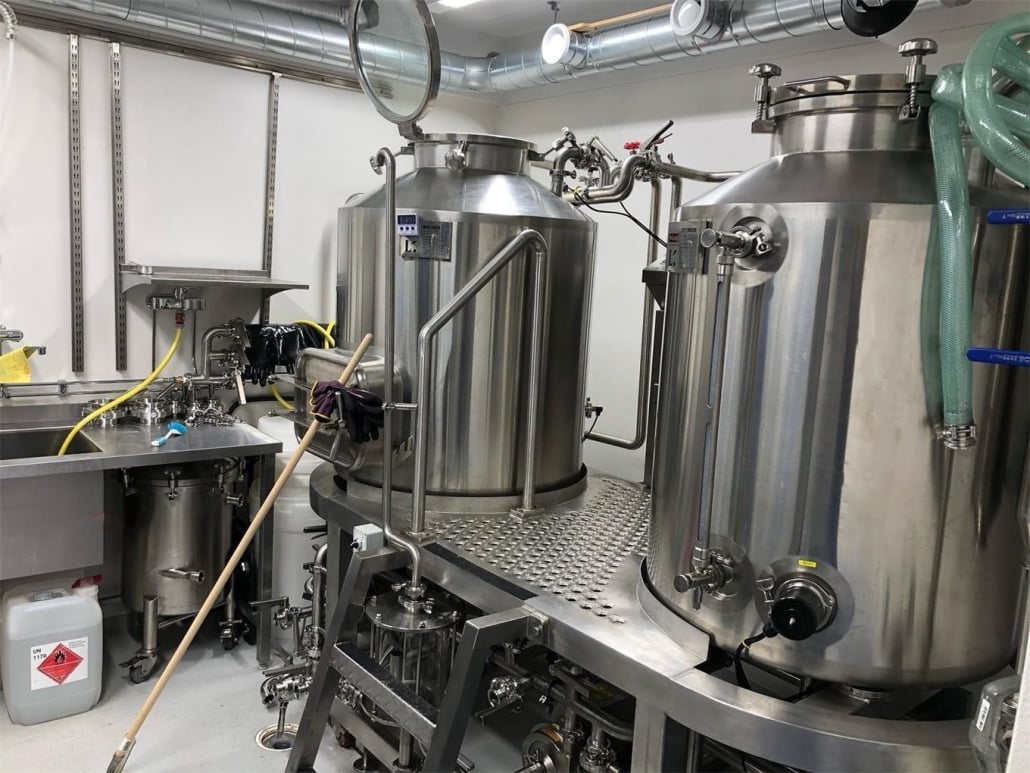
FAQ
| Question | Answer |
|---|---|
| What size fermenter do I need? | It depends on your batch size; typically, a fermenter should be 20-30% larger than your brew volume. |
| Can I ferment beer in a plastic bucket? | Yes, plastic buckets are a great option for beginners, but they may degrade over time. |
| How do I know when fermentation is complete? | Check specific gravity readings with a hydrometer over consecutive days; if they remain constant, fermentation is done. |
| Do I need an airlock for fermentation? | Yes, an airlock helps prevent contamination while allowing CO2 to escape. |
| What is the best material for a fermenter? | Stainless steel is ideal for durability and easy cleaning, but plastic and glass are also good options. |
Share this entry
Interested in learning more about Brewing Systems including additional details and pricing information? Please use the form below to contact us!
YOLONG BREWERY EQUIPMENT FAQS
- Commercial Brewery / Craft Brewery / Microbrewery / Nanobrewery
- What is The Difference Between Craft Beer and Industrial Beer?
- The Bespoke Differences In Custom Brewing Systems
- Everything You Need to Know About Kettle Souring
- How to Choose Brewing Equipment for Your business?
- How To Choose The-Best Partner To Build Your Commercial Microbrewing System?
- Two Detection Sensors That You Need To Use In Your Brewhouse System
- Remote Control Applications in Brewing Equipment/How does it work?
- How To Clean Your Brand New Brewery Tanks?

